Should energy drinks be age-restricted like alcohol? WHO official asks in report
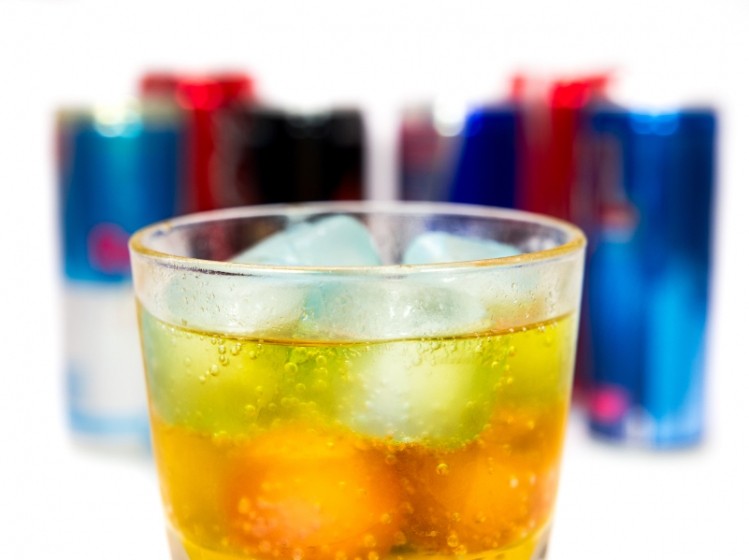
Looking at the possible risks, adverse health effects and policy options for caffeinated drinks, the paper published in the journal Frontiers in Public Health suggested that an upper limit for caffeine per single serving should be established, as well as regulations for labelling, marketing and restrictions for sales to children and adolescents.
"As energy drink sales are rarely regulated by age, unlike alcohol and tobacco, and there is a proven potential negative effect on children, there is the potential for a significant public health problem in the future," the authors wrote in their conclusion.
The review was penned by a member of WHO’s nutrition, physical activity and obesity programme at the organisation’s regional office for Europe, Dr João Breda, as well as the head of its country office in Estonia, Marge Reinap, although they stressed that the report did not necessarily reflect the official policy of WHO.
Tallying up the risks
According to a separate study commissioned by EFSA in 2011, 68% of adolescents (aged 10–18 years old), 30% of adults, and 18% of children (below 10 years) consumed energy drinks. This rate varied widely across countries, with 48% of adolescents consuming the drinks in Greece and 82% in the Czech Republic. For children this stood at 6% in Hungary compared to 40% in the Czech Republic. Among these energy drink consumers in Europe, the average volume consumed was two litres a month.
The report cited studies that had shown links to seizures, caffeine overdosing, risk-taking behaviour and addiction particularly when consumed with alcohol and obesity and dental cavities through sugar content. They said more research was needed to show the causal link between energy drink consumption and these public health problems, for which data should be harmonised across Europe to show population groups at particular risk.
Within this call for data in Europe, more was needed on reports to poison centres, where caffeine was not always given its own unique tracking code meaning underestimation of reports was likely. In Australia, in seven years 297 of the calls made to a poison information centre related to caffeinated drinks, increasing from 12 in 2004 to 65 in 2010.
They also cited cases where people had died or suffered a cardiac arrest after energy drink consumption, with a question mark hovering above the safety of caffeine consumption before sport, something which the European Food Safety Authority (EFSA) is currently investigating. They argued that marketing around sporting events should be reconsidered for this reason.
Appealing to kids
The researchers said that consumption amongst young people was a particular concern given the scientific uncertainty on adverse effects. Looking at different regulatory landscapes, they cited the example of Sweden where sales were restricted to pharmacies and banned altogether for children below 15 years.
“The full impact of the rise in popularity of energy drinks has not yet been qualified, but the aggressive marketing of energy drinks targeted at young people combined with limited and varied regulation has created an environment where energy drinks could pose a significant threat to public health.”
‘Partying subculture’
They said aggressive marketing techniques had been used by some energy drink brands, often targeting young males by plugging psychoactive, performance-enhancing and stimulant effects, one brand even advertised itself as a “legal alternative” to cocaine.
The practice of mixing alcohol with energy drinks was also on the rise – with the EFSA study revealing 71% of young adults aged 18-29 who consumed energy drinks did so with alcohol. The drinks have become a “central part of the partying subculture”, and more research was needed on the perception of inebriation, i.e. whether the caffeine could give the drinker the impression that they were less drunk than they actually were, leading them to perform dangerous tasks like driving.
Beverage for thought
Beyond this, they said health care practitioners should be trained on the risks and symptoms of energy drinks (over) consumption and patients with a history of diet problems and substance abuse, both for energy drinks alone and in combination with alcohol, should be screened for heavy consumption.
Furthermore they said the role of other common ingredients like taurine, guarana, glucoronolactone and B vitamins needed further investigation.
Source: Frontiers in Public Health
Published online ahead of print, doi:10.3389/fpubh.2014.00134
“Energy drink consumption in Europe: a review of the risks, adverse health effects, and policy options to respond”
Authors: J.J. Breda, S.H. Whiting, R. Encarnacao, S. Norberg, R. Jones, M. Reinap and J. Jewell
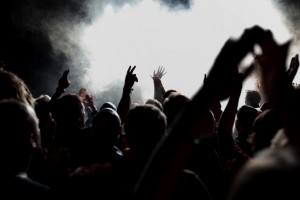
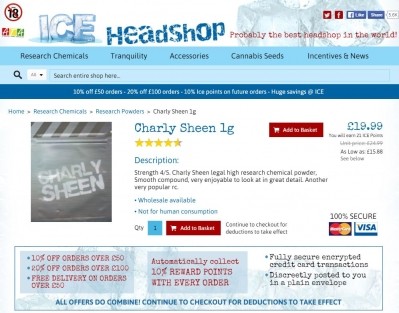
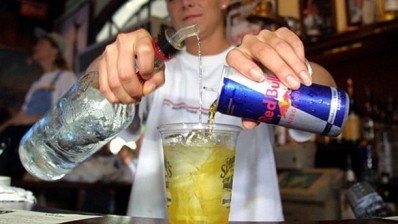
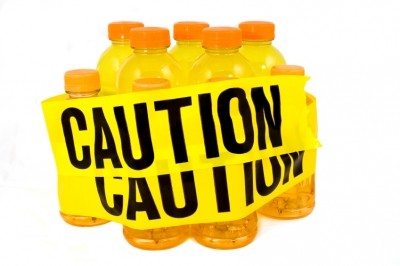
!['The 400mg [daily] upper limit should also not be understood as a green light for consuming up to five energy drinks a day,' says consumer group BEUC.](/var/wrbm_gb_food_pharma/storage/images/_aliases/wrbm_medium/7/2/9/6/1956927-1-eng-GB/EFSA-caffeine-opinion-is-not-a-green-light.jpg)





